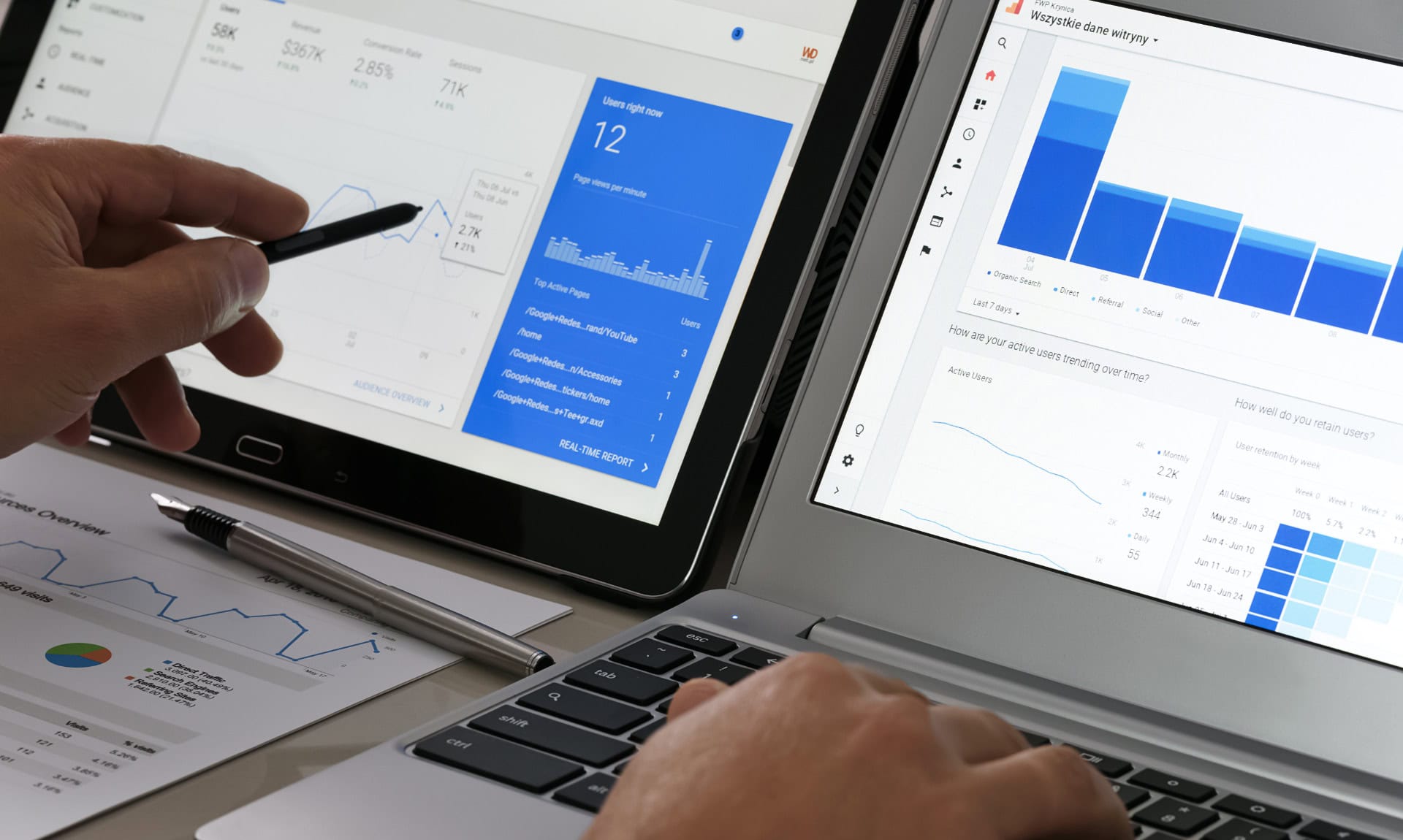
Account-Based Marketing vs Demand Generation: What’s the Difference?
In the ever-evolving landscape of digital marketing, understanding the distinctions between account-based marketing and demand generation is crucial for crafting effective strategies. Both approaches play vital roles in targeting and engaging potential customers.
This article discusses the differences between ABM and demand generation, exploring how they can be leveraged to enhance your marketing efforts.
What Is Account-Based Marketing?
Account-based marketing (ABM) is a strategic approach that focuses on identifying and targeting specific high-value accounts rather than a broad audience.
It involves personalized campaigns tailored to the unique needs and characteristics of each account, aiming to build strong, lasting relationships. In other words, ABM could be thought of as an activity within, or a branch of demand generation.
Importance of Account-Based Marketing
Account-based marketing is important because it enables businesses to concentrate their marketing efforts on high-value targets, resulting in more efficient use of resources and higher conversion rates. Additionally, ABM fosters closer collaboration between sales and marketing teams, ensuring a unified approach that enhances customer engagement and retention.
Account Based Marketing Metrics
Measuring the effectiveness of Account-Based Marketing requires tracking specific metrics that provide insight into the success of targeted campaigns.
- Account Engagement Score: This metric evaluates the level of engagement from targeted accounts based on interactions with marketing materials, website visits, and event participation.
- Pipeline Velocity: Measures the speed at which targeted accounts move through the sales pipeline, highlighting the efficiency of the ABM strategy.
- Account Penetration: Assesses the extent of engagement within an account, including the number of stakeholders reached and the depth of those interactions.
- Target Account Reach: Tracks the number of targeted accounts that have been successfully engaged through marketing and sales efforts.
- Conversion Rate per Account: Measures the rate at which targeted accounts convert from leads to customers, indicating the effectiveness of the ABM approach.
Account-Based Marketing Strategies
Implementing effective account-based marketing strategies requires tailored approaches that specifically address the needs and characteristics of high-value accounts.
- Personalized Content Creation: Develop customized content such as whitepapers, case studies, and videos tailored to the specific pain points and goals of each target account.
- Targeted Account Advertising: Use programmatic advertising and retargeting to deliver ads directly to the key decision-makers within targeted accounts.
- Account-Specific Events: Host exclusive webinars, workshops, or in-person events designed for key stakeholders from targeted accounts to foster deeper relationships.
- Collaborative Account Planning: Involve both sales and marketing teams in developing detailed account plans that outline specific strategies, tactics, and goals for each high-value account.
- Executive Sponsorship Programs: Assign senior executives to act as sponsors for key accounts, providing high-level support and building strong executive relationships.
What Is Demand Generation?
Demand generation is a comprehensive marketing strategy aimed at creating brand awareness and interest in a company’s products or services.
It involves a combination of inbound and outbound tactics to attract and nurture prospects throughout the buyer’s journey. The goal of B2C and B2B demand generation is to build and sustain a pipeline of qualified leads that can be converted into customers.
Importance of Demand Generation
Demand generation is essential for building a steady stream of qualified leads, ensuring a consistent flow of potential customers into the sales pipeline. By driving awareness and interest, it helps companies expand their market reach and establish a strong brand presence.
Demand Generation Metrics
To gauge the effectiveness of demand generation efforts, tracking specific metrics is crucial. Some of these demand gen KPIs include:
- Marketing Qualified Leads (MQLs): The number of leads identified as having a high potential to become customers based on their engagement with marketing campaigns.
- Sales Qualified Leads (SQLs): The tally of leads that have been vetted by the sales team and deemed ready for direct sales interactions.
- Customer Lifetime Value (CLV): The projected total revenue a customer is expected to generate over the entire relationship with the company, reflecting the long-term benefits of demand generation.
- Marketing Cycle Length: The average time it takes for a lead to move from initial awareness to becoming a customer, showcasing the efficiency of the demand generation process.
- Average Deal Size: The typical revenue generated per closed deal, helping to assess the quality and financial impact of leads produced through demand generation efforts.
Demand Generation Strategies
Implementing successful demand gen strategies involves employing a variety of tactics to attract and engage potential customers. Some of these demand generation tactics include:
- Content Marketing: Create and distribute high-quality, relevant content that captivates and engages your target audience, establishing your brand as an industry authority.
- Social Media Marketing: SMM utilizes platforms such as LinkedIn, Twitter, and Facebook to share content, engage with your audience, and broaden your brand’s visibility.
- Implement Lead Scoring: Develop a system to evaluate and rank leads based on their engagement levels and conversion potential, facilitating focused and efficient follow-up actions.
- Utilize Account-Based Marketing (ABM): Target specific high-value accounts with tailored campaigns designed to build relationships and drive demand from key prospects.
- Enhance Lead Nurturing Process: Create personalized nurturing campaigns that guide leads through the buying journey, increasing the likelihood of conversion by delivering relevant content at each stage.
Need more inspiration? Check out these demand generation examples.
Summary of Key Differences
That was a lot of information, so let’s provide a summary. Understanding the key differences between account-based marketing and demand generation helps businesses choose the right strategy for their needs.
Target Audience
- Account-Based Marketing: Focuses on identifying and targeting specific high-value accounts with personalized campaigns.
- Demand Generation: Aims to attract a broad audience by creating awareness and generating interest across a wide market.
Campaign Approach
- Account-Based Marketing: Utilizes highly personalized and customized campaigns tailored to the unique needs and goals of each target account.
- Demand Generation: Employs a broader approach with content and campaigns designed to appeal to a large, diverse audience.
Metrics of Success
- Account-Based Marketing: Success is measured by marketing metrics such as account engagement score and pipeline velocity, emphasizing the quality of interactions with targeted accounts.
- Demand Generation: Success is evaluated through metrics like marketing qualified leads (MQLs) and customer lifetime value (CLV), focusing on the volume and long-term value of leads generated.
Account-Based Marketing vs Demand Generation: Final Thoughts
Both account-based marketing and demand generation are essential strategies in a marketer’s toolkit, each serving distinct purposes. ABM is ideal for targeting high-value accounts with personalized campaigns, fostering deep relationships, and driving higher ROI. On the other hand, demand generation casts a wider net to attract and nurture a broad audience, building a consistent pipeline of qualified leads.
By understanding the differences and strengths of ABM vs demand generation, businesses can strategically employ both approaches to achieve their growth objectives.
News Via Inbox
Get our monthly report on all the latest and greatest trends in digital marketing.



